The world of electronic dance music (EDM) is governed by an unspoken rule that has shaped the genre for decades: the 128 BPM golden rule. This tempo, hovering around 128 beats per minute, has become the heartbeat of modern electronic music, influencing everything from festival anthems to underground club bangers. While not an absolute law, its prevalence speaks volumes about how rhythm dictates the emotional and physical response of listeners.
From the early days of house music to the current explosion of mainstream EDM, 128 BPM has remained a sweet spot for DJs and producers. The tempo is fast enough to keep energy levels high yet slow enough to allow for intricate melodic layers and vocal phrasing. It’s no coincidence that many iconic tracks, from Swedish House Mafia’s "Don’t You Worry Child" to Martin Garrix’s "Animals", adhere to this magical number. The human body seems wired to move instinctively to this rhythm, making it a universal language on dancefloors worldwide.
What makes 128 BPM so special? Scientifically, it sits at the intersection of physiological arousal and musical complexity. Faster tempos can feel frantic, while slower ones risk losing momentum. At 128, the pulse aligns with the average heart rate during moderate exercise, creating a natural synergy between music and movement. This tempo also allows for clear subdivisions—64 BPM for halftime grooves or 256 BPM for double-time fills—giving producers flexibility without sacrificing cohesion.
The golden rule isn’t just about physics; it’s deeply rooted in DJ culture. Mixing tracks at similar temples ensures seamless transitions, a sacred principle in live sets. When most festival mainstage anthems hover near 128, DJs can improvise while maintaining flow. This standardization emerged organically as vinyl gave way to digital workflows, where BPM matching became instantaneous. Today, even genres like future bass or tropical house often start at 128 before applying tempo automation or halftime effects.
Critics argue that the 128 BPM hegemony stifles creativity, leading to formulaic tracks. Yet, the best producers treat it as a canvas rather than a cage. The tempo’s neutrality becomes its strength—it accommodates the melancholy chords of progressive house, the aggression of big room, and the funk of garage alike. Like the 4/4 time signature in classical music or the 12-bar blues in jazz, constraints often breed innovation. The difference between generic and groundbreaking lies in what artists layer atop that foundational pulse.
Technology has cemented 128 BPM’s dominance. DAWs (Digital Audio Workstations) default to this tempo, sample packs are pre-labeled for it, and streaming algorithms recognize it as peak "danceability." Yet underground scenes are pushing boundaries, with genres like drum and bass (160+ BPM) or slap house (110-115 BPM) carving niches. The rule persists not because of limitations, but because it works—a testament to how rhythm, culture, and biology intertwine in electronic music’s evolution.
As EDM continues to globalize, the 128 BPM standard faces both reverence and rebellion. Newer subgenres experiment with tempo fluctuations, while purists uphold it as the genre’s backbone. One thing remains clear: whether obeyed or subverted, the golden rule has left an indelible mark on how we create, mix, and experience electronic music. Its legacy pulses through every drop, build, and breakdown—proof that sometimes, magic lies in the numbers.
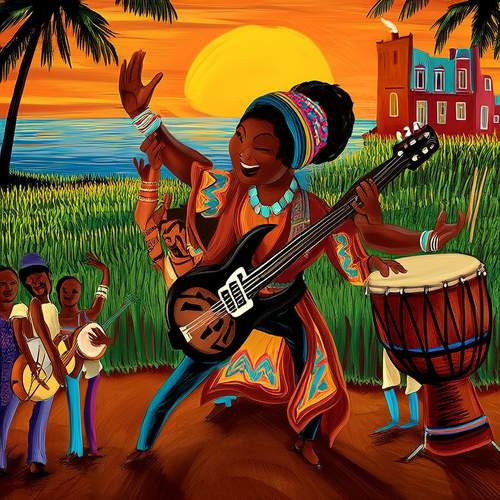
By /May 30, 2025
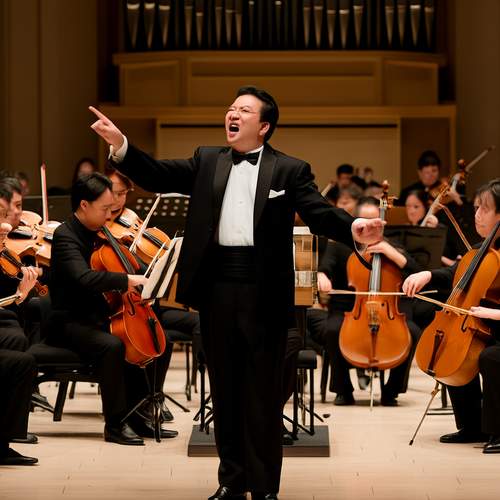
By /May 30, 2025
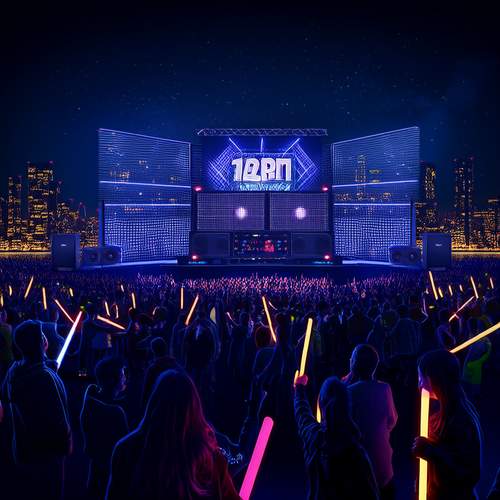
By /May 30, 2025
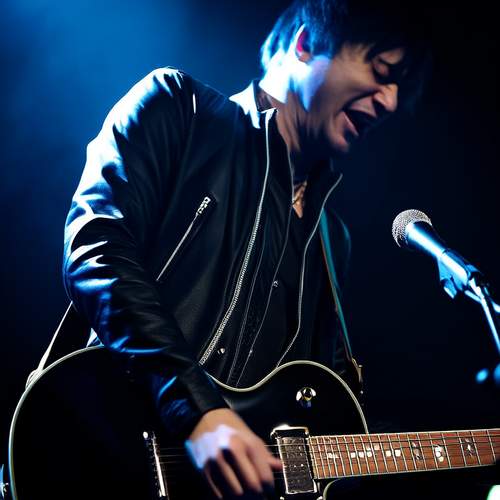
By /May 30, 2025

By /May 30, 2025
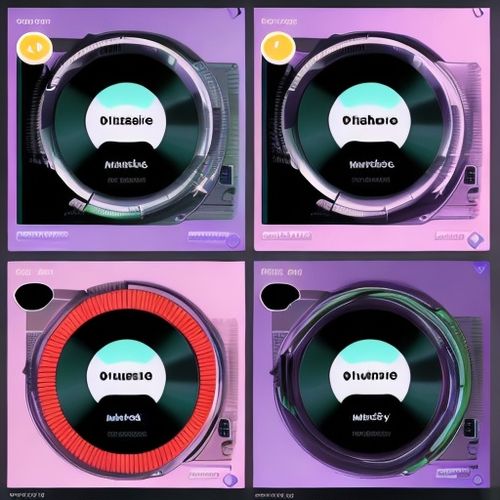
By William Miller/Apr 13, 2025
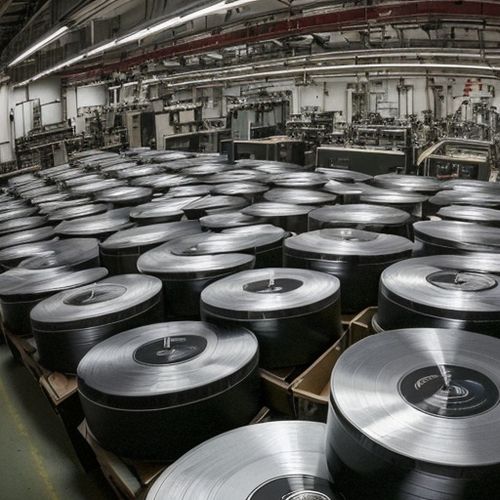
By Daniel Scott/Apr 13, 2025
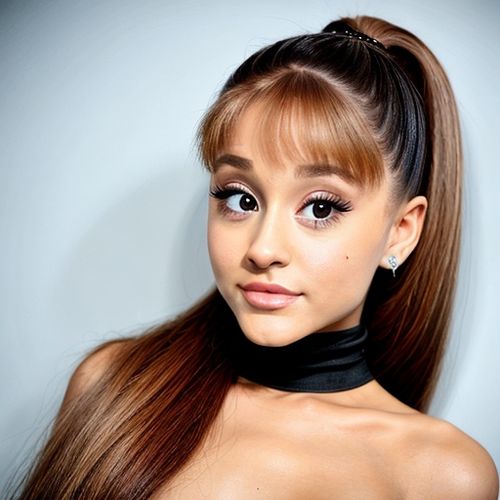
By Benjamin Evans/Dec 25, 2024

By George Bailey/Dec 25, 2024
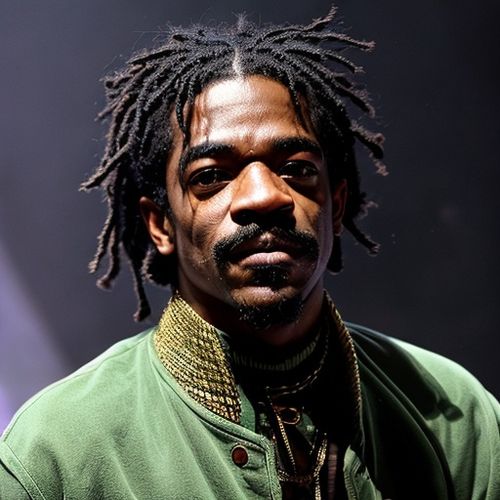
By Lily Simpson/Dec 25, 2024

By Olivia Reed/Dec 25, 2024

By Christopher Harris/Dec 25, 2024

By Sarah Davis/Dec 25, 2024

By Natalie Campbell/Dec 25, 2024
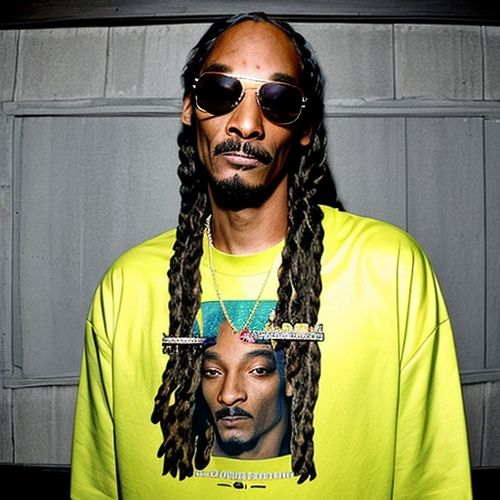
By William Miller/Dec 25, 2024
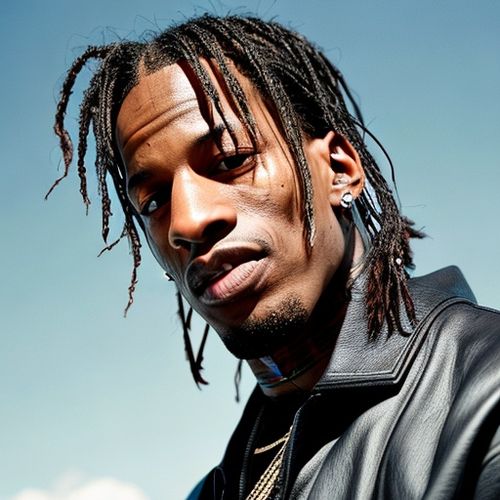
By Olivia Reed/Dec 25, 2024

By John Smith/Dec 25, 2024